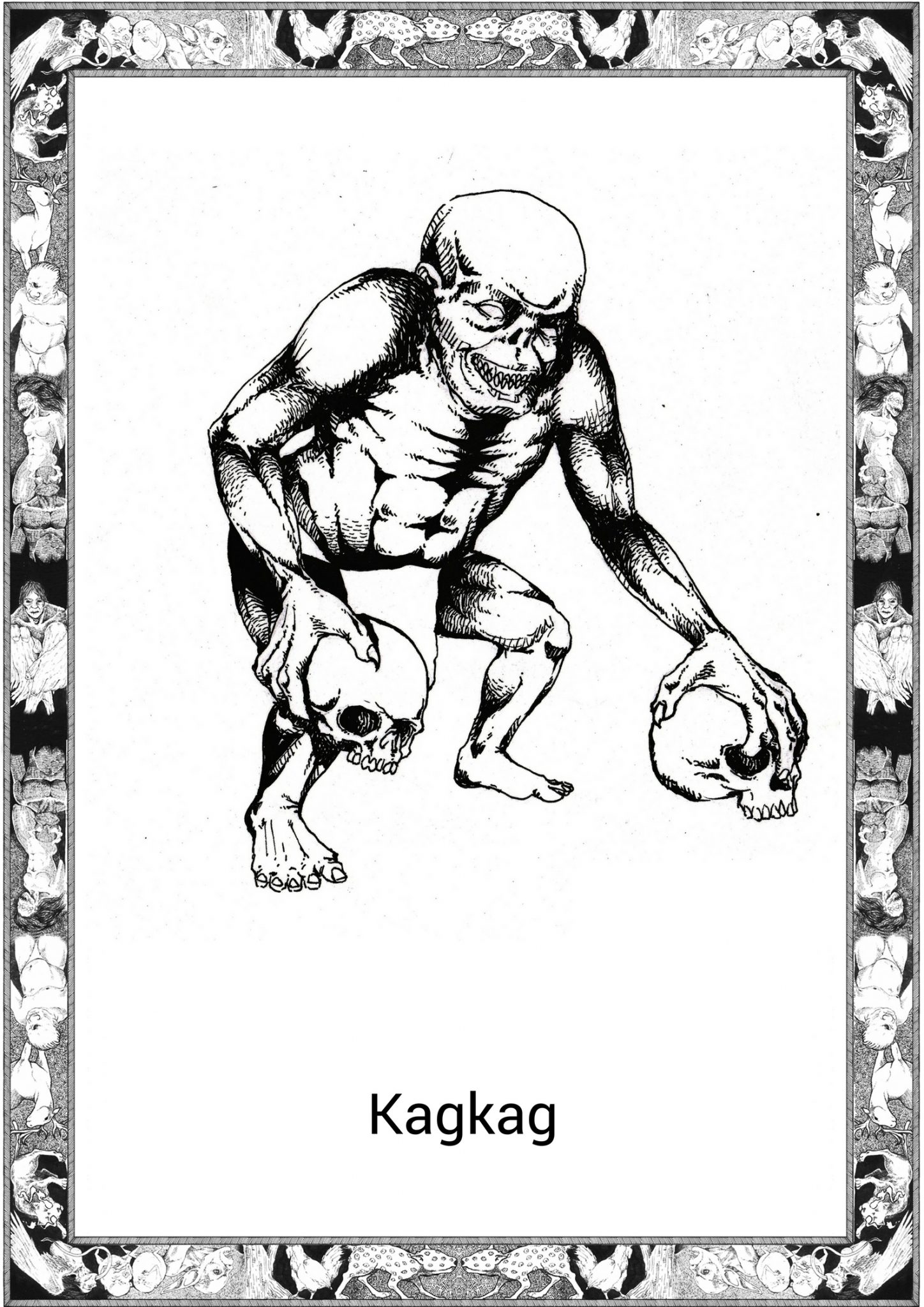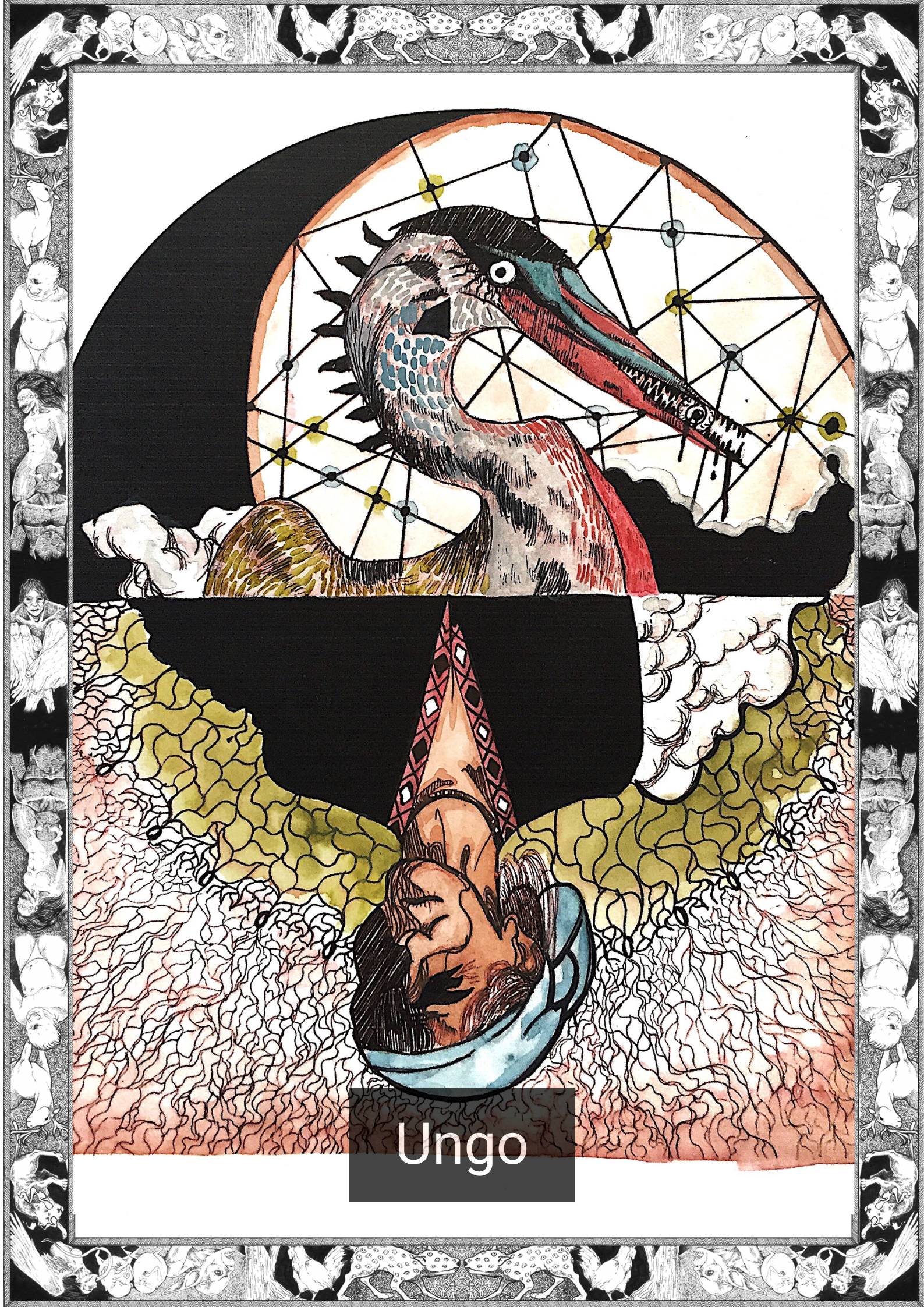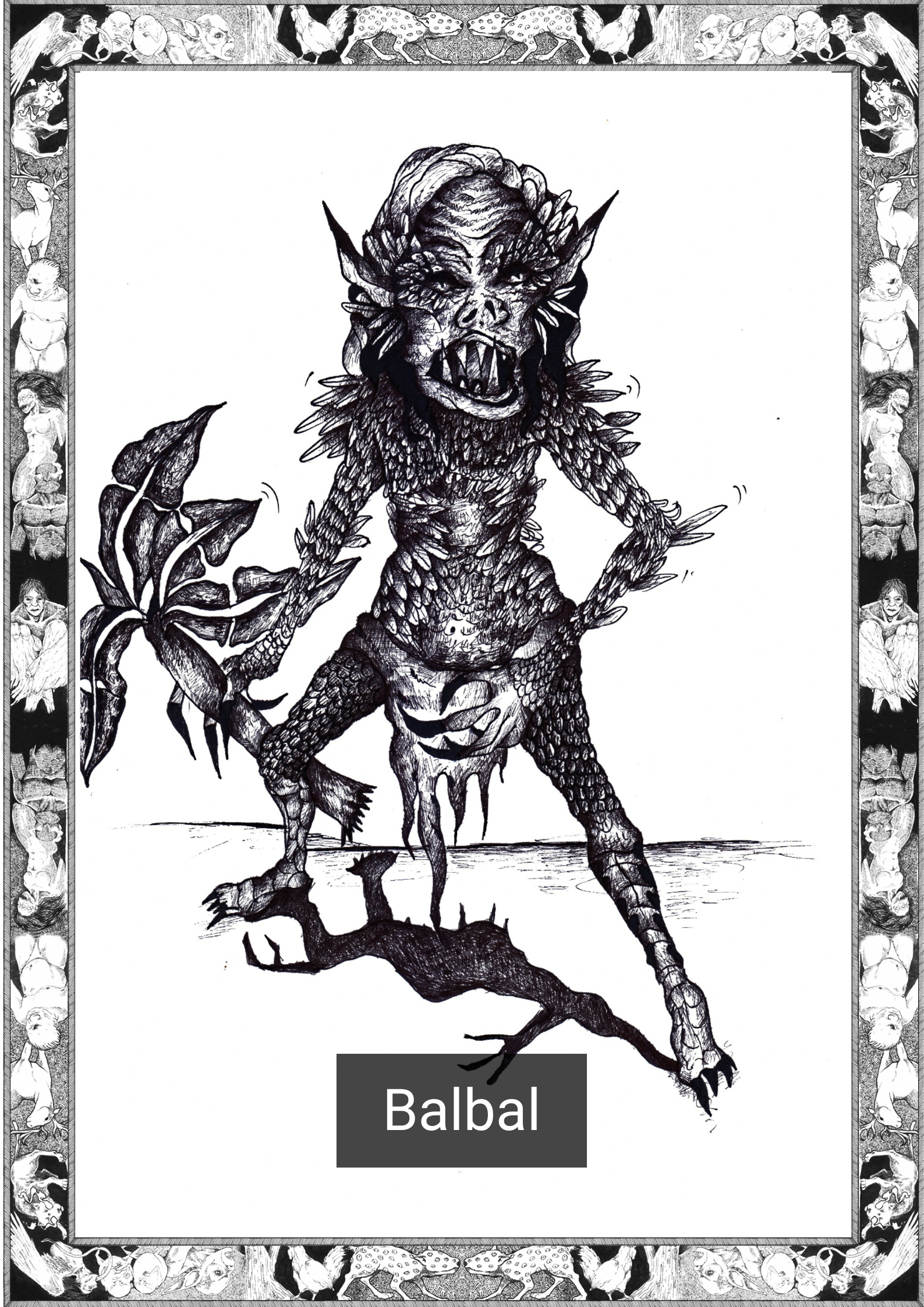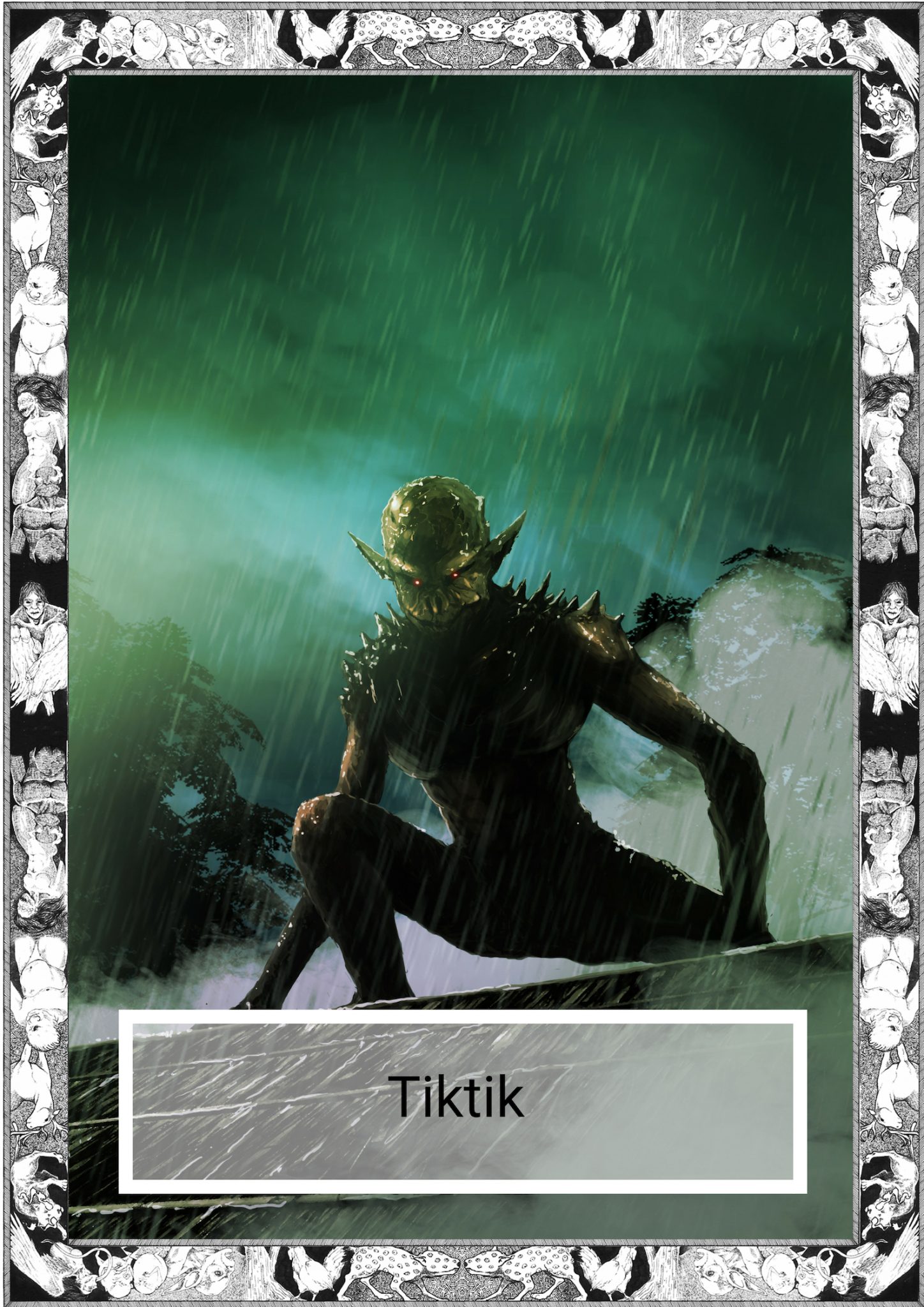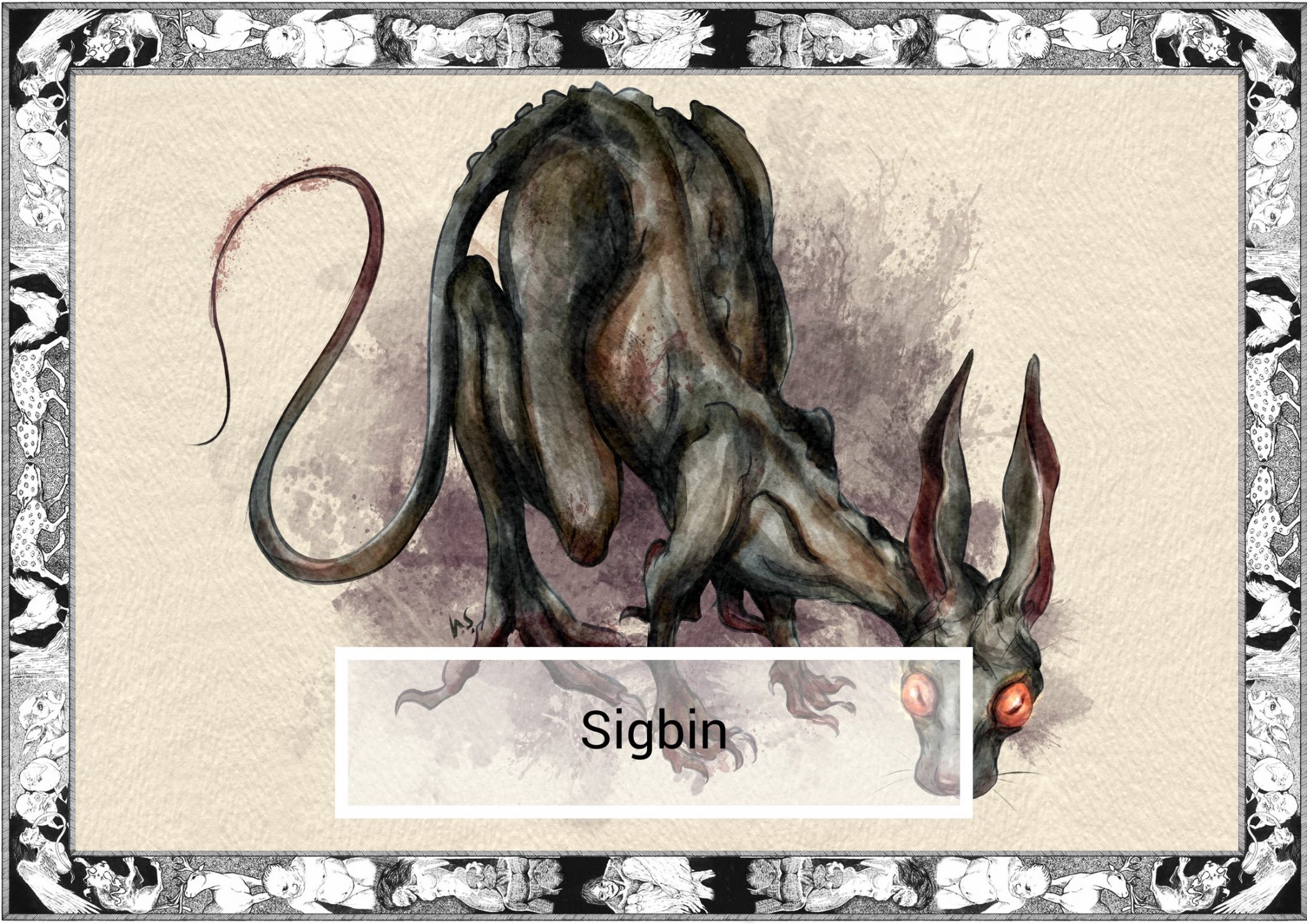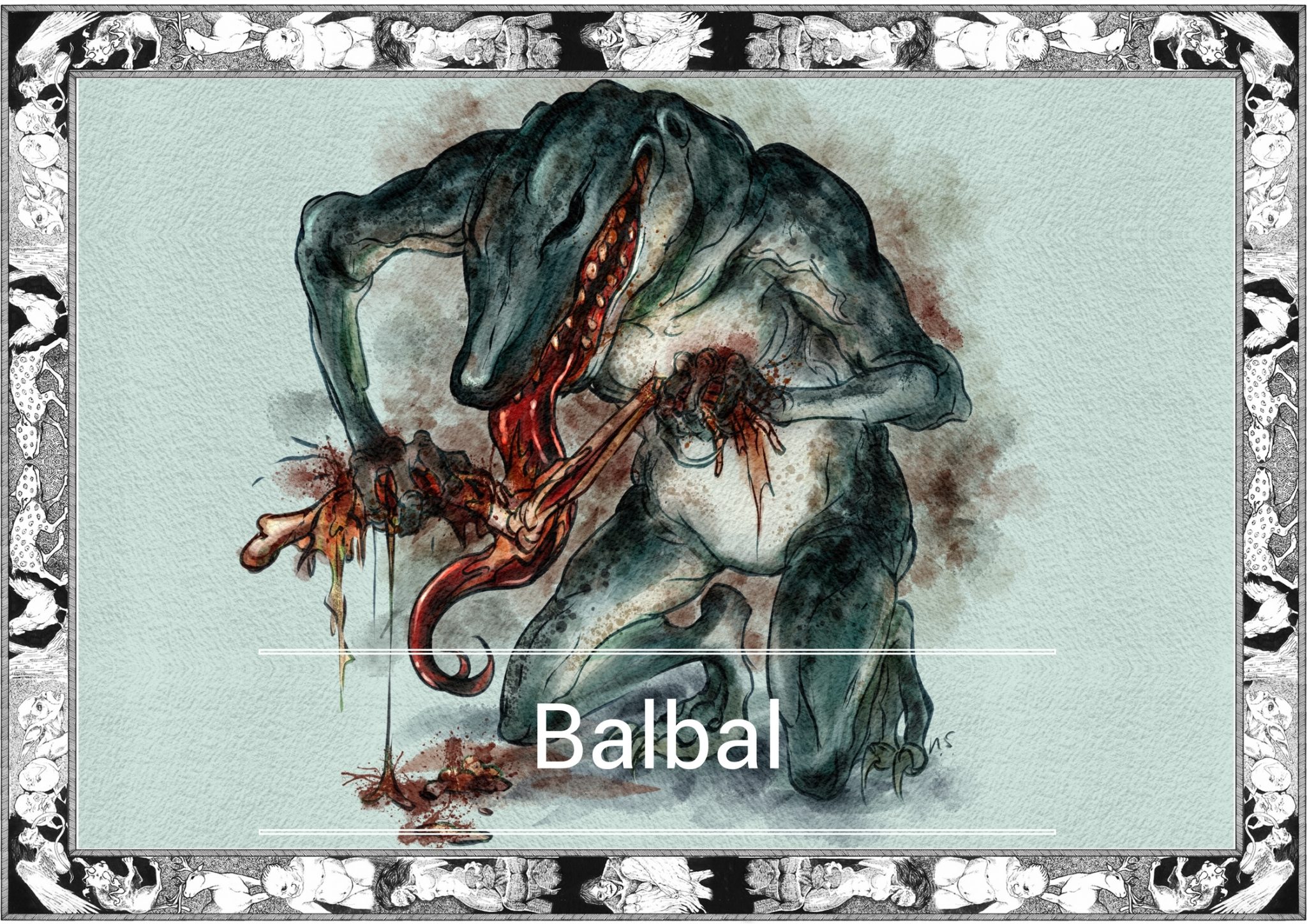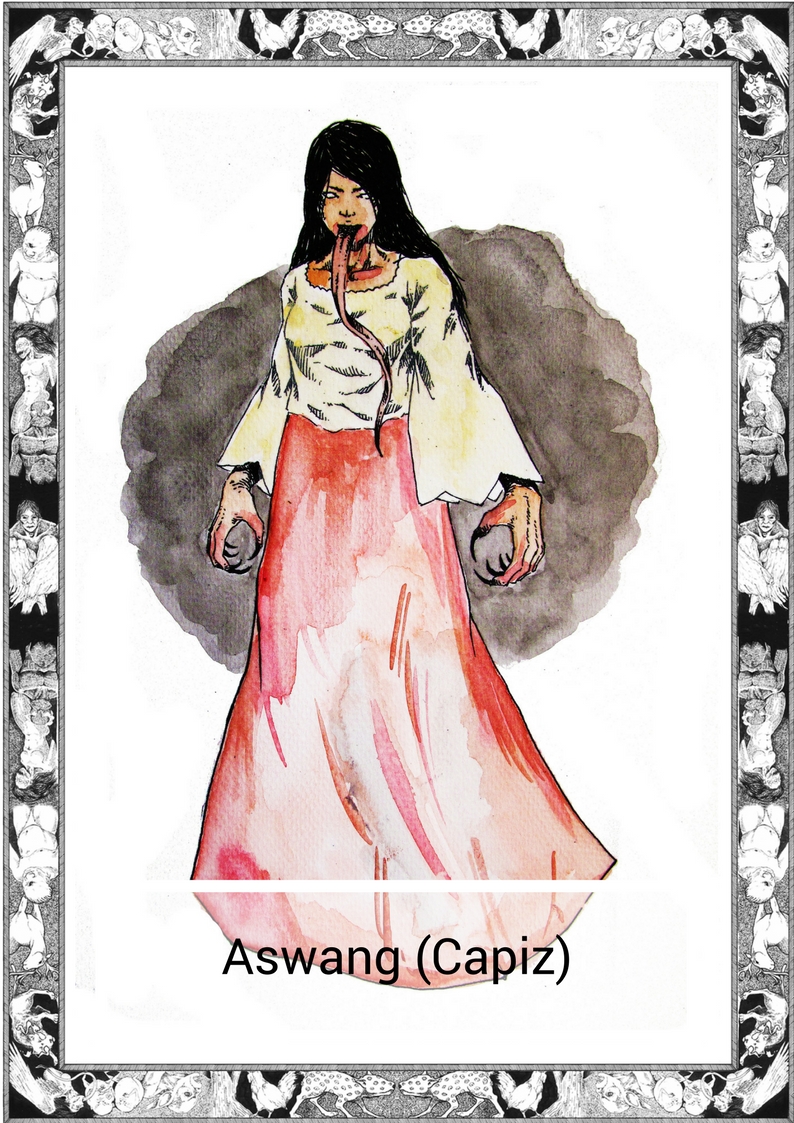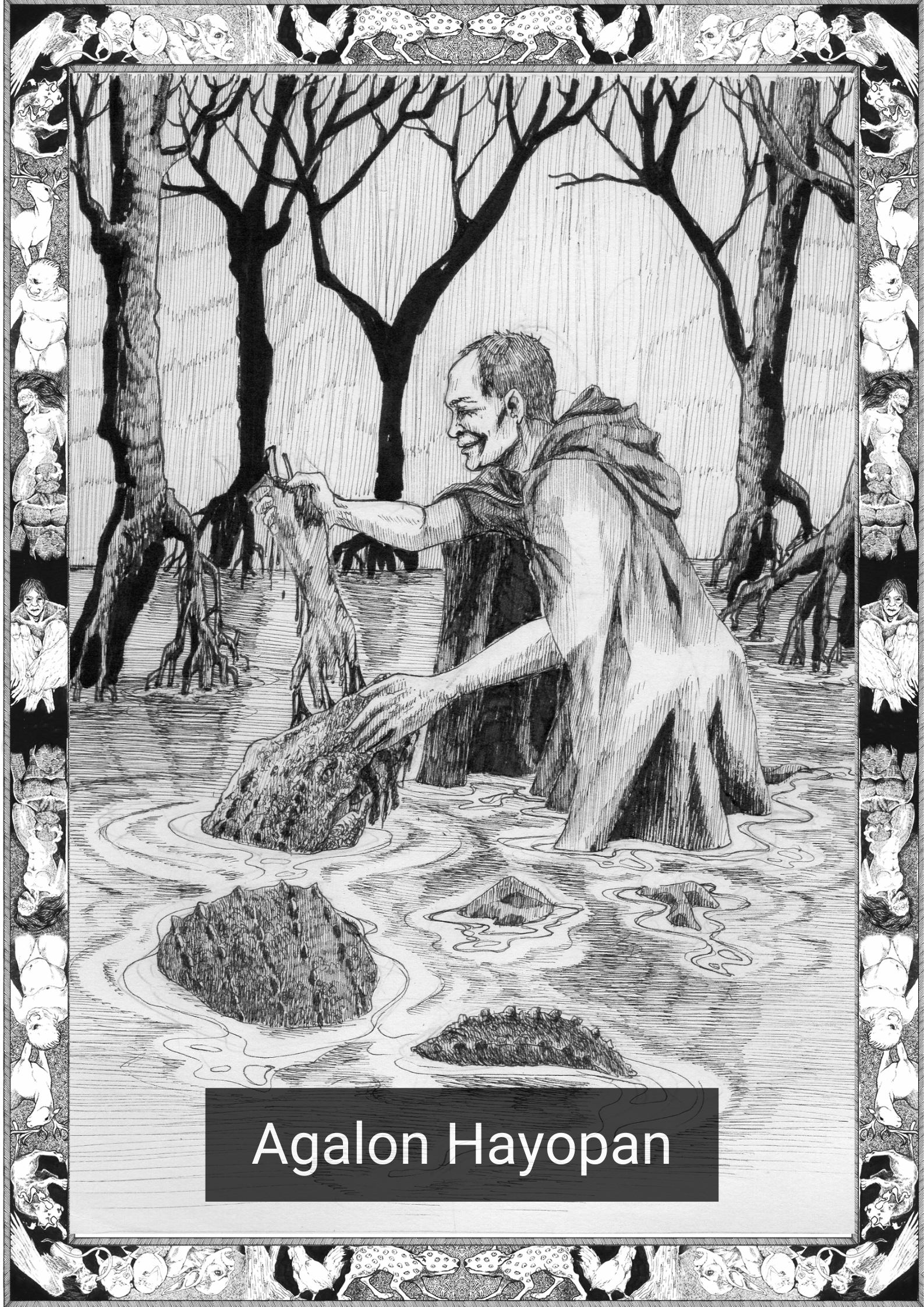
*Note this story is in Cebuano
Ni abot na pud ning orasa.
Ang mga tao ganahan magpalayo sa mga lubnganan. Dili sila ganahan makahinumdom nga ang mga patay naa ra gihapon duol nila—sa ubos sa ilang gi barugan, mga lawas na ning gahi agi sa toneladang yuta nga gi taklob sa ila. Pero di sila angay mabalaka, dili dugay magpabilin ang ilang mga patayng lawas sa ilang gi kabutangan. Usa ka tingog sa tambol ang nisurok sa palibot sa sementeryo. Dili kaayo kusog kapareha anang mabatian kung naay selebrasyon, pero ang mga bungo sa tao wa gihimo para sa mga kasikas. Kinahanglan sila mahimong abtik ug utokan.
Mangutana ‘guro ka nganong naa ko dinhi. Ngano sama nakong respetadong babae naa sa usa ka sementeryo, nagsunod sa tingog na madunggan didto. Nagsugod ni tungod sa akong pagkamausisaon, parehas sa mga naandang sugilanon. Ni ingon akong mga ginikanan nga di mo adto sa lubnganan, ug ni adto ko. Ing-ana ka simple.
Sa unang gabii nakadungog ko sa tingog sa tambol. Ni lingi ang mga iro, kwaknit, ug mga mananap. Ni tan-aw sila nako, ug wala ko kabalo unsa’y himoon. Ni tudlo sila sa usa ka dakong dahon sa saging ug naa didto si Manong Tonio. Pero sa niaging bulan, ni tambong ko sa iyang lubong.
Ila kong gi ubanan sa patayng lawas ug nakakita ko nga mura silag ga pista. Usa ka makalilisang nga pista. Naa sila’y kutsilyo ug sundang nga gi gama sa bukog, pero ako rang nabatian kay kalinaw ug kahapsayon. Wala ko nahadlok, di parehas sa mga lain tao. Bisag kadtong ila kong gi tagaan sa ilang handang pagkaon, wala ko nahadlok.
Naa na pud ning orasa, ug nagkakusog ang tingog sa tambol.
Kinsa ka ha ron ilang pagpistahan?
=————————————————————–=
English Version
It’s time again.
Most people like to keep graveyards at a safe distance. They don’t like to be reminded that the dead still linger somewhere in the cold, dark earth, but they shouldn’t worry, the dead never stay in the grave for long. The drums ring across the gravestones. The sound isn’t as loud as you would expect from the celebrations, but human skulls weren’t made for noise. They had to be resourceful.
You would ask why I’m here. Why a respectable girl like me would be in a cemetery following the sound towards them. It all started with curiosity, like most stories do. My parents told me not to go to the graveyard, and I went. It was as simple as that.
That first night I heard the drums. I saw the bats and dogs and bugs turn into them. They looked at me as soon as they turned, and I didn’t know what to do. They pointed towards a huge banana leaf and on it was Manong Tonio. A month before I was at his funeral.
They led me to the body and I could see they were celebrating. It was a macabre fiesta. They had knives and clubs made out of bones and somehow, I felt at peace. The fear that I expected never arrived. Not even when they offered me a piece of their meal.
It’s time again and I can hear the drumbeats get louder.
I wonder who will be the feast this time.
=————————————————-=
Inspired by the Kagkag entry in Creatures of Philippine Lower Mythology. Ramos. 1971.
Kagkag Illustration by Leandro Geniston from Aklat ng mga Anito
FB: That Guy With A Pen
